Don’t let legacy testing tools slow you down
Traditional testing tools are scripted, require technical resources to build and maintain, and are brittle. All this contributes to low automation rates (<20%), which keeps software testing a bottleneck.
Model-based test automation is a codeless approach that literally anyone can learn and use. It enables high reusability, resilience, and scalability of test assets across your entire digital landscape — driving 90%+ automation rates and saving you invaluable time and effort.
Traditional testing tools are scripted, require technical resources to build and maintain, and are brittle. All this contributes to low automation rates (<20%), which keeps software testing a bottleneck.
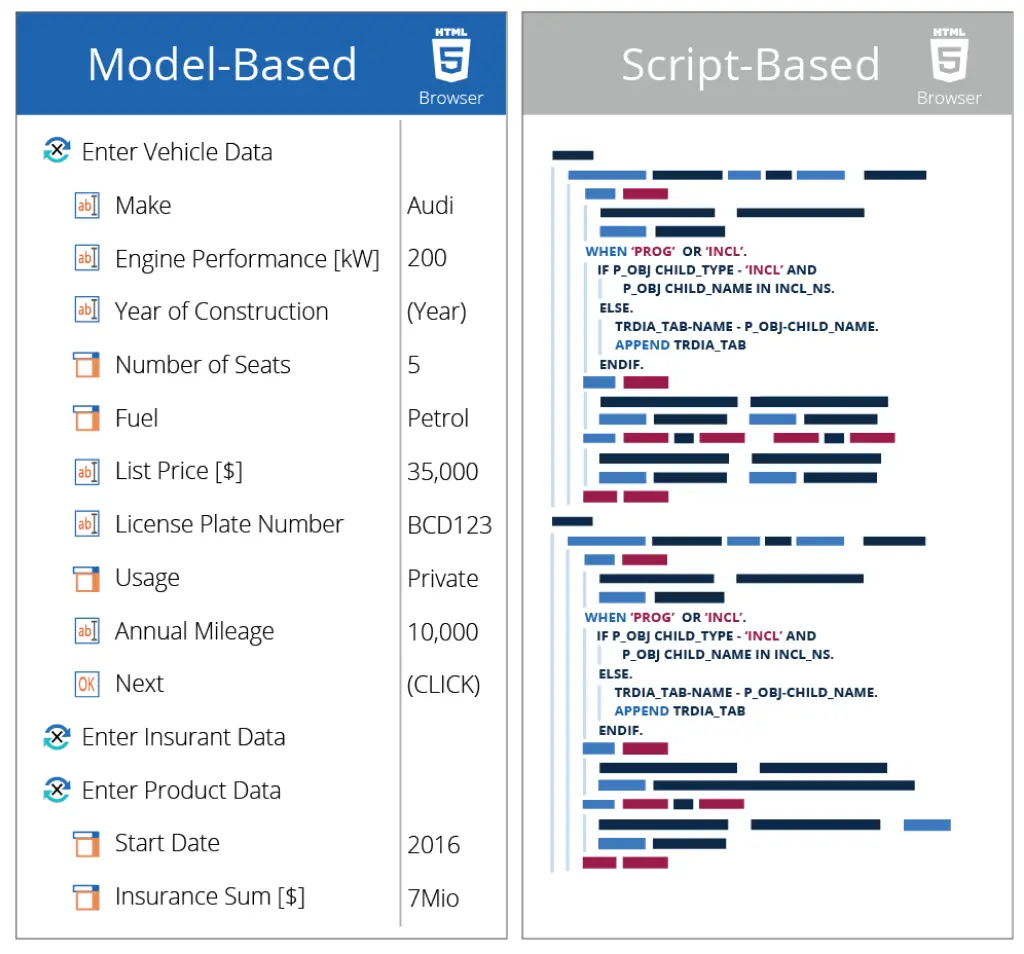
Instead of coding a test automation framework, you rapidly scan the application’s UI or APIs to create a business-readable automation model.
Tosca models are like Lego blocks that you can combine and reuse across your tests.
If your application changes (e.g., a field is added or removed), you simply update the module once, and that change is automatically synchronized across all your impacted test cases, saving you hours of manual effort.

Instead of coding a test automation framework, you rapidly scan the application’s UI or APIs to create a business-readable automation model. Business users and manual testers become productive in no time – allowing them to create faster feedback loops, and deliver faster time to value.


What makes model-based testing so unique is that it decouples the technical layer of an application (i.e., test data, test sequence, and logic) from the automation model. This makes test maintenance much faster and less error prone.
Build a module once by scanning any technology, and reuse it across multiple test cases to mimic end-to-end user transactions.
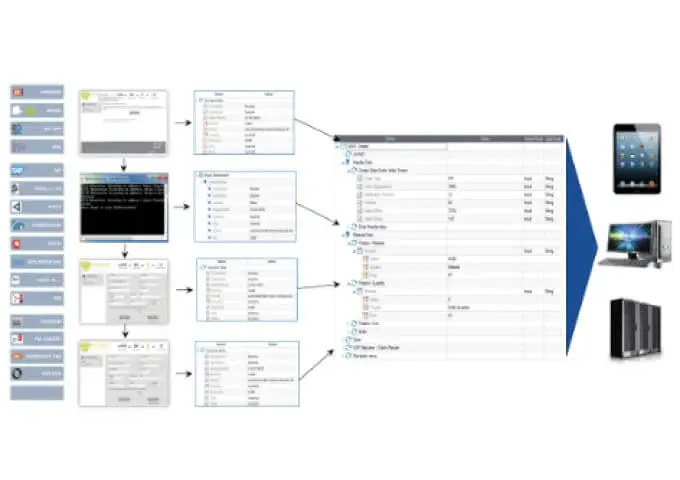
Modify and adapt identifiers so each object is consistently and accurately identified during test execution — ensuring high resilience and reliability.
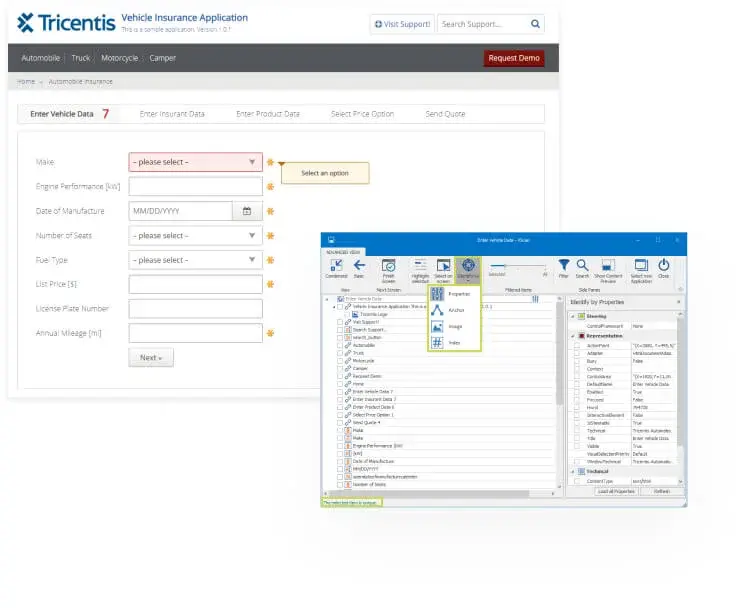
Build smart libraries with common workflows, test sequences, test cases, and modules which you can reuse over and over again.
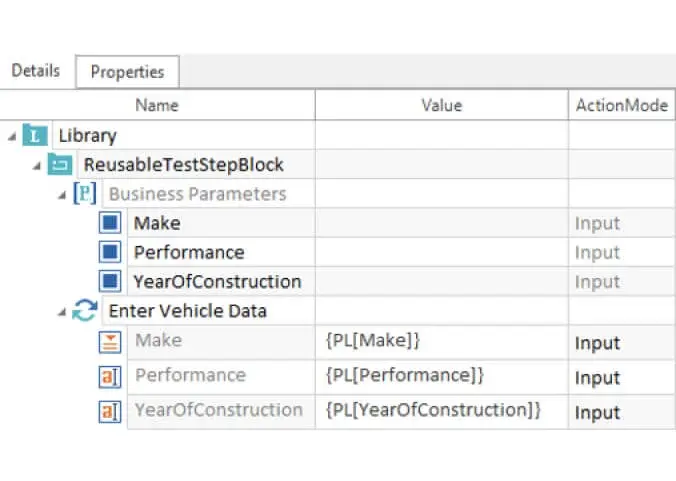
Easily validate expected application behavior through an approach that enables you to save variables and recall them for later verification.
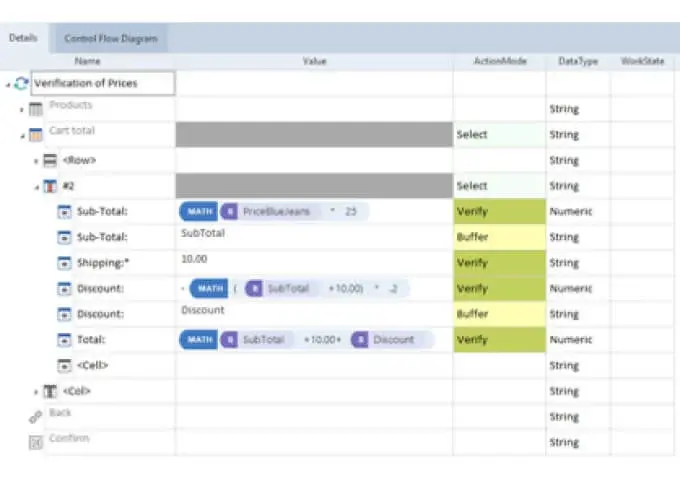

GBST increased software testing efficiency, speed, and accuracy by...

A small team of (formerly) manual testers implemented automated...